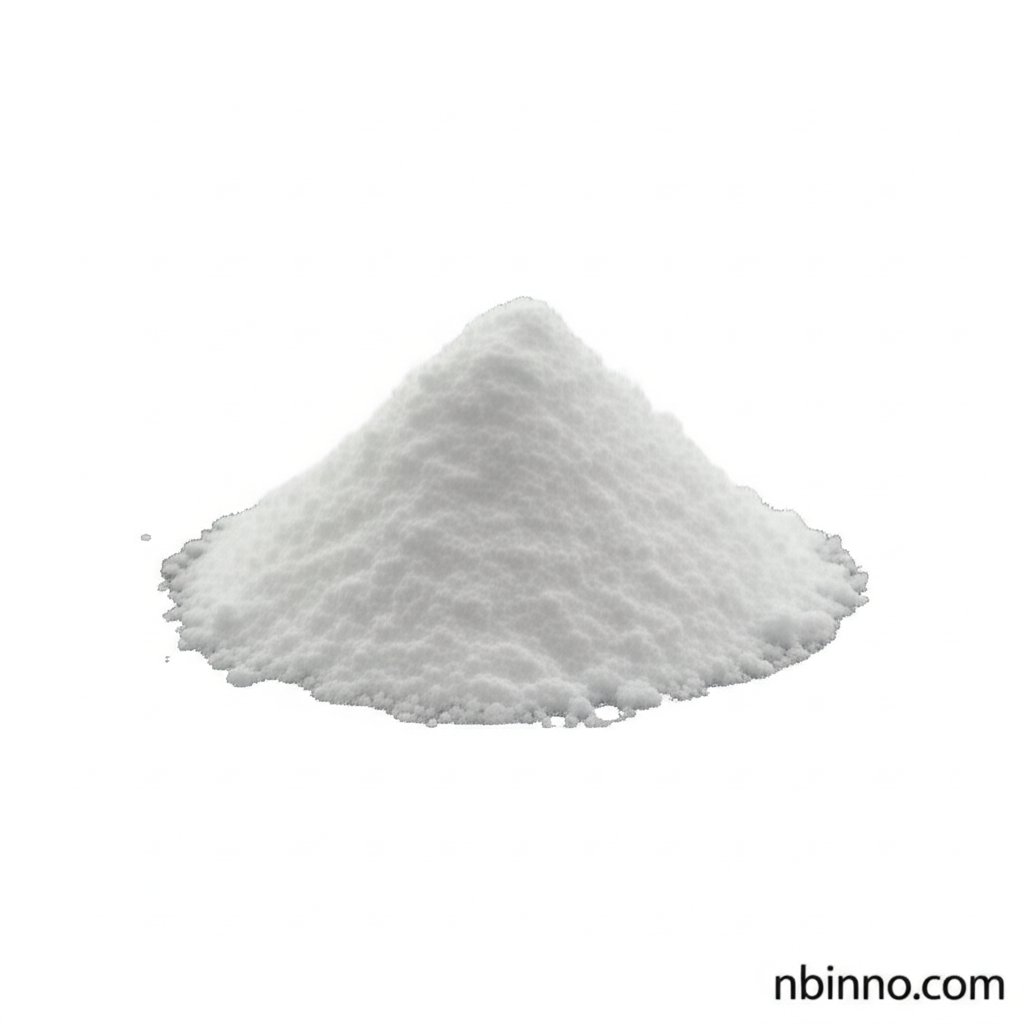Unlocking Innovation with 2,4-Dichloro-5-fluoroacetophenone
A vital intermediate for advancing pharmaceutical and agrochemical development.
Get a Quote & SampleProduct Core Value

2,4-Dichloro-5-fluoroacetophenone
This compound is a cornerstone in organic synthesis, offering a unique halogenated structure that is crucial for building complex molecules. Its dual electron-withdrawing and donating substituents make it a versatile tool for chemists in various research and industrial applications.
- Explore the capabilities of 2,4-Dichloro-5-fluoroacetophenone synthesis in developing advanced pharmaceutical intermediates for novel drug therapies.
- Leverage CAS 704-10-9 pharmaceutical intermediate properties for effective agrochemical synthesis, enhancing crop protection.
- Discover the broad organic synthesis intermediate applications, from medicinal chemistry to material science advancements.
- Utilize fluoroacetophenone derivatives uses in creating specialized chemicals with tailored properties for diverse industries.
Key Advantages
Enhanced Reactivity
The specific arrangement of chlorine and fluorine atoms in 2,4-Dichloro-5-fluoroacetophenone significantly boosts its reactivity, enabling more efficient chemical transformations.
Versatile Application Scope
Its utility as a building block spans across pharmaceutical research chemicals and agrochemical synthesis, offering solutions for both health and agriculture sectors.
Structural Significance
The compound's molecular architecture is key for structure-activity relationship studies, aiding in the design of potent and stable bioactive molecules.
Key Applications
Pharmaceutical Development
As a critical pharmaceutical intermediate, it is instrumental in the synthesis of anti-inflammatory and antiviral drugs, contributing to advancements in healthcare.
Agrochemical Formulation
It plays a vital role in the development of herbicides and pesticides, supporting crop protection and improving agricultural yields through effective pest management.
Organic Synthesis
In organic synthesis, this compound serves as a fundamental reagent for creating complex molecular structures, essential for research laboratories and chemical manufacturing.
Medicinal Chemistry Research
Researchers utilize it for exploring structure-activity relationships, leading to the discovery of new therapeutic agents with improved efficacy and safety profiles.
